I was asked to speak about a section in my book, The Right Side of Normal, that I’ll share here:
First, a definition from Chapter Twelve, “Building the Road to Math Competency:”
There’s a difference between arithmetic and mathematics. Here’s how I differentiate the two in this book. Arithmetic is the act of manipulating quantities (facts); mathematics is the science of finding patterns, coming up with theories about it, and proving its existence (concepts). Elementary schools primarily focus on arithmetic. Learning one’s “math facts” is arithmetic. Even most of high school “math” would be considered arithmetic because of how it’s presented (formulas to be plugged into problems). Right-brained learners are natural mathematicians. Left-brained learners are most comfortable with arithmetic. One way to tell if you’re right-brained or left-brained is to ask: Did I do better at geometry or algebra? If geometry, then you’re most likely right-brained; if algebra, then you’re most likely left-brained.
Then, a section from Chapter Seven: “The ‘Right’ Time for Learning:”
Arithmetic to Mathematics―The Left-Brained Way
Let’s look at the timing difference with the goal of learning algebra in high school if each learner’s early year strengths are utilized. The left-brained learner does well with the current sequential progression of learning numbers, then addition/subtraction, then multiplication/division, and so forth until it’s time to apply these concepts to algebra later. At that time, left-brained learners use their foundation with number manipulation (arithmetic) to begin understanding the bigger concepts of negative/positive numbers, variables, math patterns, equality, and so forth (mathematics).
Mathematics to Arithmetic―The Right-Brained Way
For the right-brained child, the learning pattern is opposite but just as viable. In the early years, the right-brained learner needs to explore global concepts that can be visualized, such as negative/positive numbers, variables, math patterns, equality, and so forth (mathematics) so he can build the understanding necessary to be ready to learn algebra later. At that time, right-brained learners use their foundation with math concepts to begin understanding the reason to learn math facts, such as addition/subtraction, multiplication/division, and so forth (arithmetic).
As you can see, the goal remains the same―algebra for all in the high school years. But when the strengths of each type of learner are applied, the foundational knowledge needed before algebra begins requires different approaches. The left-brained learner excels at the symbolic sequential manipulation of facts in the early years while the right-brained learner easily visualizes abstract global concepts. It’s important to remember that both integrate the other ability later, but each works from a foundation based on their respective strengths in math processing.
Okay, so let’s talk about what the foundational strengths of a right-brained math learner would be: either visual-related or kinesthetic-related. Throughout my math chapter, I differentiate between these two input types. Let’s start with visual-related math learners.
My oldest artist son strongly identified with this in the math department. He often would enjoy talking over problem-solving math ideas (i.e., oral story problems, but more real-life than some of the concocted problems you can traditionally see in math books). He also liked playing around with numbers in his head when I helped him discover different ideas. Visually seeing patterns was another way he picked up on number relations. There weren’t really a lot of living math books back then, but I think he would have liked them. Here are a few resources that did or would have worked for this type of visual math learner in the early years:
Now let’s talk about kinesthetic math learners in the early years. My builder son strongly identified with the spatial or kinesthetic learner. It makes sense when you know that building with materials requires hands-on interactions. He loved anything that was math manipulative-oriented. He loved to problem-solve with these objects, so getting books that had challenges inside based on math manipulatives such as tangrams, geoboards, or pentominoes were always a high interest activity. He would have also enjoyed anything that had to do with math hands-on “projects” such as found in a couple of the resources below. Finally, board games, card games, dice games, or even things like dominoes were always favorites for my builder son. Here are a few resources that did or would have worked for this type of kinesthetic math learner in the early years:
I think one of the hardest things for us to do is be able to shift our perspective enough to view math non-sequentially. It might help you to do this if you put math in the same department as science for kinesthetic learners and history for visual learners in the early years. Usually, most teachers I know in the early grades don’t have a need to do a sequential science program, but are more than willing to be experiment or project-based. Think about math in the same way for your kinesthetic math learner. Pick 2 or 3 projects each week, whether it be a board game one day, something with math manipulatives another day, and a project another day.
Many teachers I know are willing to present history in different ways, such as a good story from someone in the era, or a project centered in another era, or having some good discussions about why history happened. So, think of each of the living books as a good story about an “era,” or area of math. Or a project on one style of concept (visual patterns) can be exploring all the patterns in the hundred’s board activity book. Or talk about how numbers interrelate with some mental math “conversations.”
Here’s the deal: we’re just not used to thinking about math in this way. It only seems disjointed because we feel safe in the known sequence. But, just like science and history in the early years, it’s about getting excited and exploring thinking mathematically. Someone on my Homeschooling Creatively list pointed us in the direction of the Benezet study that I reference in my book. A teacher wanted to see if he focused on other areas of mathematical thinking, if students would still end up being able to do arithmetic later. This teacher played around with and talked about problem-solving and number relationships until the students were 11 years old, and then within 2 years, they were able to outperform their sequentially-taught math peers. Access to the full study is here. A breakdown of what he taught his students by grade is found here. It may help you come up with ideas for how to create a similar positive relationship with math for your own children/students.
What are some math resources that you’ve found that works for your right-brained child(ren)? Why do you think they work?

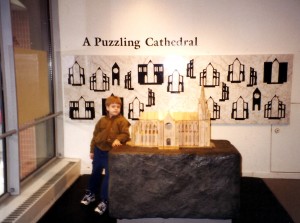
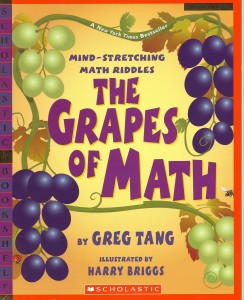

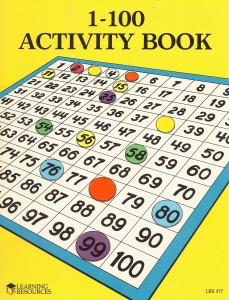
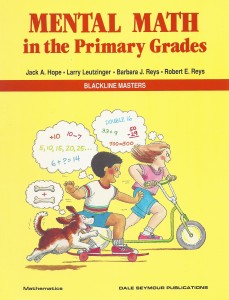
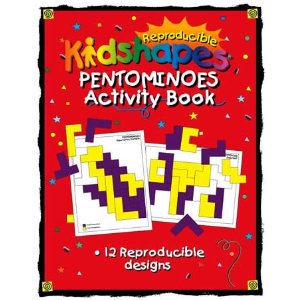
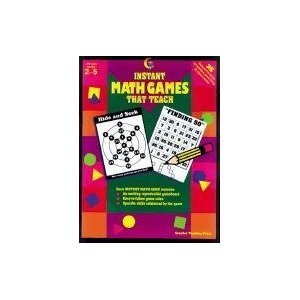
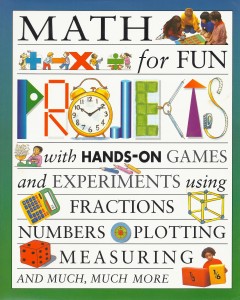
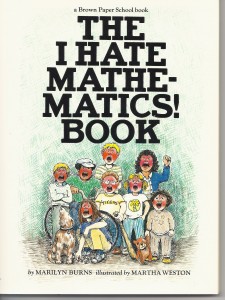





Pingback: Honoring Both Math Minds | The Right Side of Normal
Pingback: The Natural Learning Development for Right-Brained Children | The Right Side of Normal
Pingback: Your Child Might Be Right-Brained If … | The Right Side of Normal